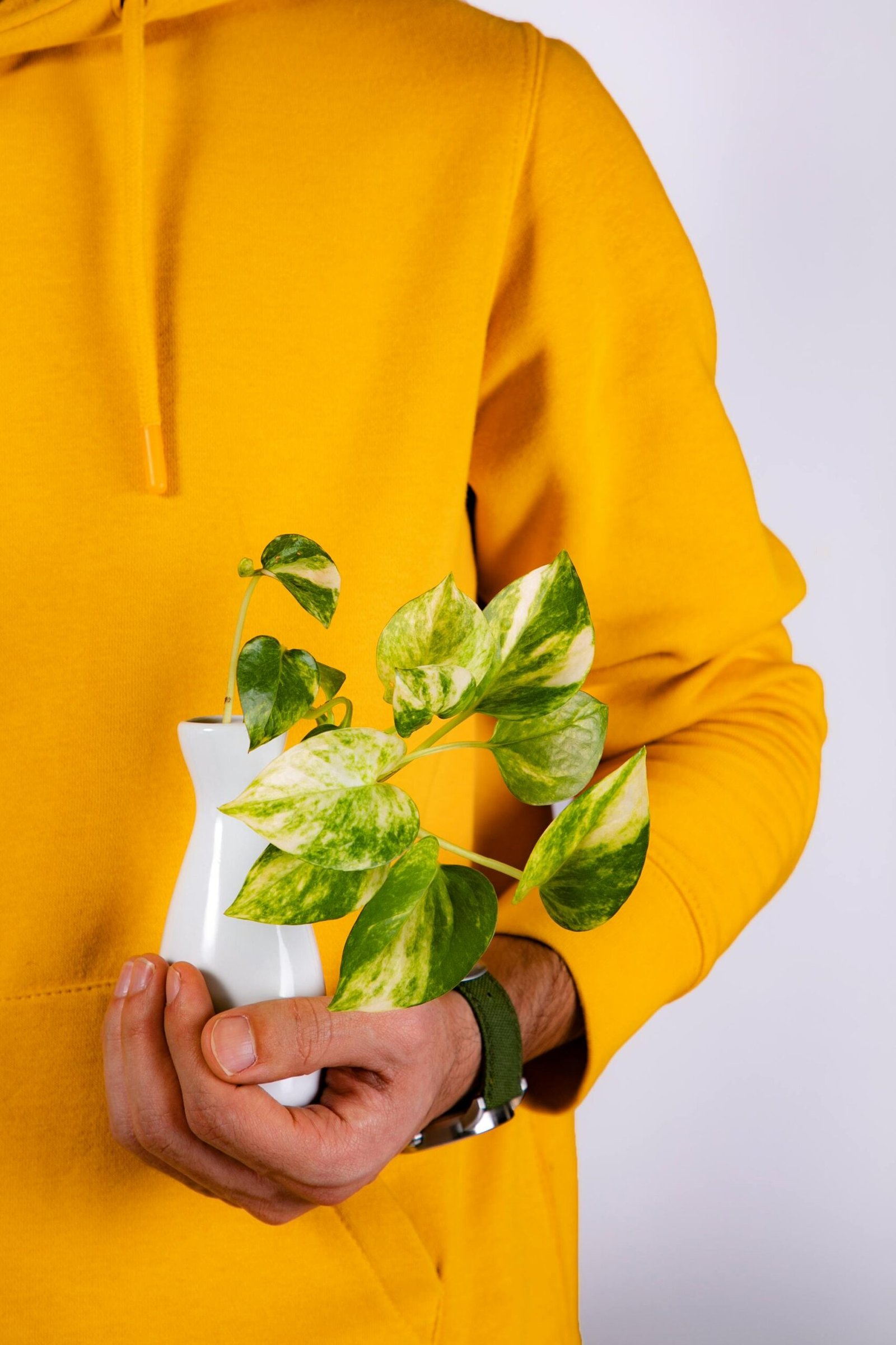Yellowing leaves on indoor plants can be concerning, but they often signal that your plant needs some adjustments to its care routine. Here’s how to address and prevent this common issue.
1. Assess Watering Practices
One of the most frequent causes of yellow leaves is improper watering. Overwatering can lead to root rot, which causes leaves to turn yellow and eventually fall off. Ensure your plant is in a pot with drainage holes, and let the soil dry out slightly between waterings. On the other hand, underwatering can cause leaves to yellow due to dehydration. Regularly check the moisture level of the soil and adjust your watering schedule accordingly.
2. Check for Proper Light Exposure
Light is crucial for photosynthesis, and inadequate light can result in yellow leaves. If your plant isn’t receiving enough light, its leaves may start to yellow as it struggles to produce energy. Move your plant to a brighter spot, but avoid direct sunlight unless the plant specifically requires it, as too much direct light can also cause yellowing due to leaf burn.
3. Examine Nutrient Levels
Nutrient deficiencies can also cause leaves to yellow. A lack of essential nutrients, like nitrogen, can lead to chlorosis, where the leaf loses its green color. Use a balanced, water-soluble fertilizer during the growing season to provide the necessary nutrients. Be careful not to over-fertilize, as this can also cause leaf discoloration.
4. Inspect for Pests
Pests like spider mites, aphids, and mealybugs can sap nutrients from your plant, leading to yellowing leaves. Regularly inspect your plants for signs of pests and treat any infestations promptly with insecticidal soap or neem oil.
By identifying and addressing these factors, you can restore your indoor plants to their vibrant, green state. Remember, each plant species has specific needs, so tailor your care practices to ensure your indoor garden thrives.

